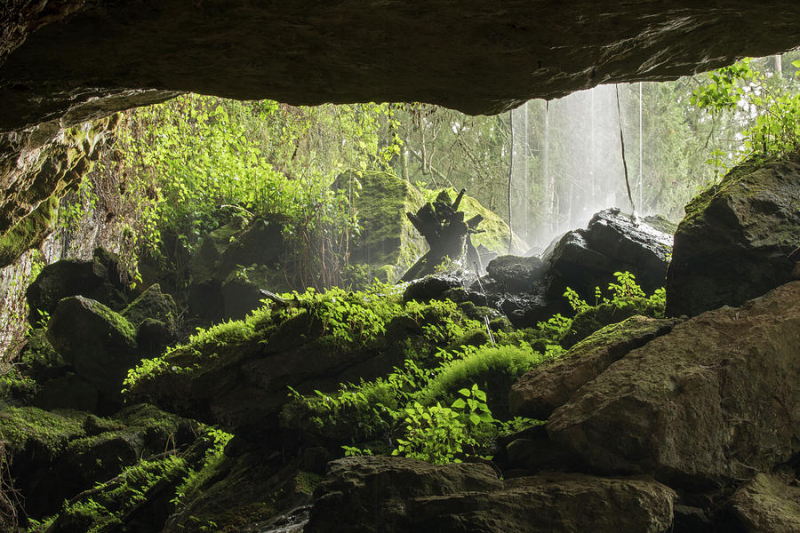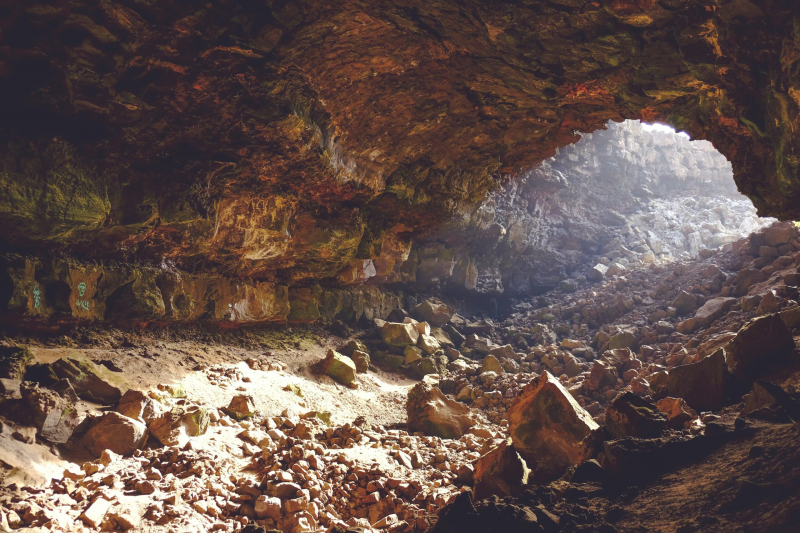Kitum Cave

Mount Elgon National Park, in Trans-Nzoia County, is a large free-range animal reserve. Elephants, buffaloes, dik-diks, hyenas, bushbucks, monkeys, and birds can all be found in the park. Kitum Cave is a large cave in the national park where animals come to lick salt. In addition, the sodium-rich cave is 200 meters long, and the cave's rocks are volcanic in origin. Elephants break pieces of the salt-rich rocks on the walls and eat them to supplement their diets, mostly in the evenings.
If you plan on visiting, it is a good idea to bring a flashlight to help you navigate the cave. Kitum Cave is significant because it played a key role in the discovery of the Marburg virus in 1980 when a French tourist died of the virus after touring the cave. Charles Monet, a Danish lad, contracted the virus in 1987 and infected Shem Musoke, a doctor. The United States Army Medical Research Institute of Infectious Disease documented the two virus strains and funded extensive research. In 1994, Richard Preston published a book. It depicts the evolution of the cave in relation to the Marburg virus. The inhalation of powdered fruit bat guano is thought to have caused the disease.
Location: Mount Elgon National Park, Kenya








